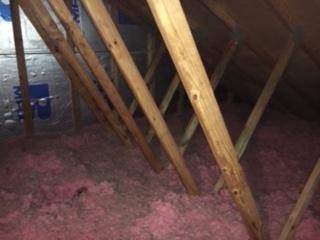
Before Attic Insulation
This attic was originally insulated with loose fiberglass.
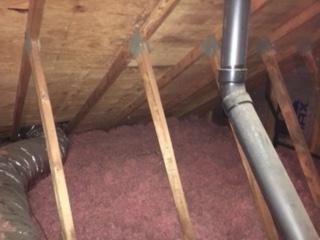
Before Attic Insulation 2
Loose fiberglass offers an R-3.2 per inch making it one of the least effective insulation materials.
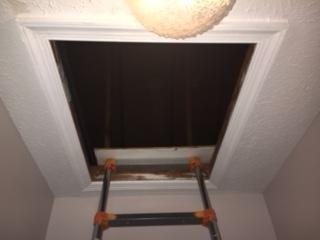
Before Foam Board Dam in Attic Access
Before the foam board dam is installed, there is no barrier to keep any blown in or loose insulation in the attic.
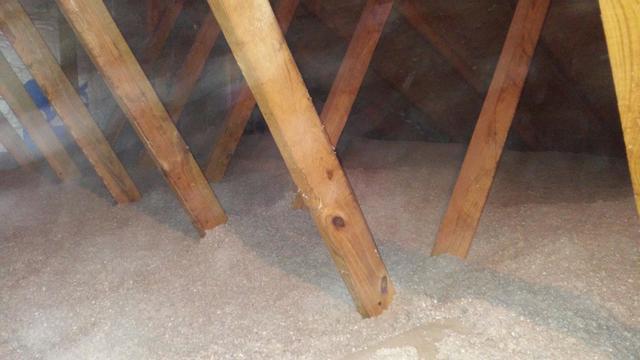
After Blown in insulation
An R-38 of blown-in cellulose insulation has been installed in the attic.
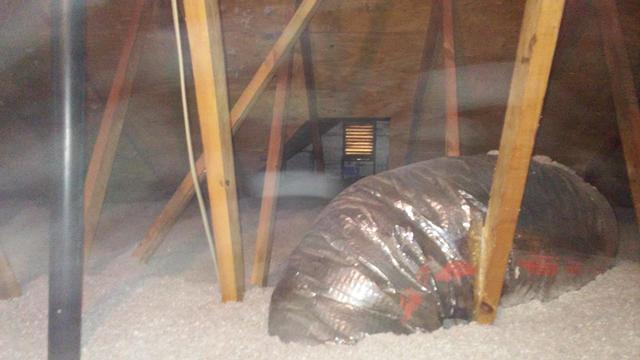
After Cellulose Insulation
Cellulose insulation is installed at an R-38. This insulation is made of 85% recycled materials and is fire retardant because it has been manufactured with borate.
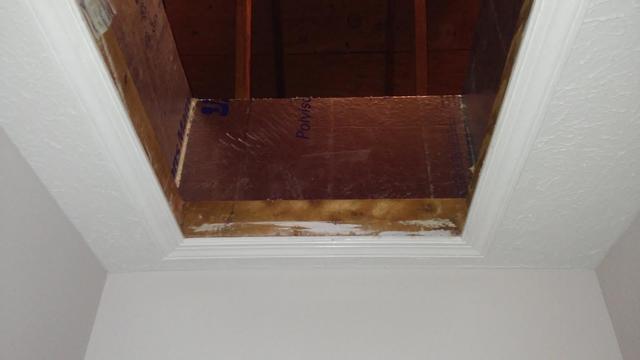
After Foam Board Dam in Attic Access P 2
A foam board dam is installed around the attic access to provide a clean finish and ensure that no insulation falls into the access.


